A flowchart is a tool that allows you to break any process down into individual activities and shows the logical
Continue reading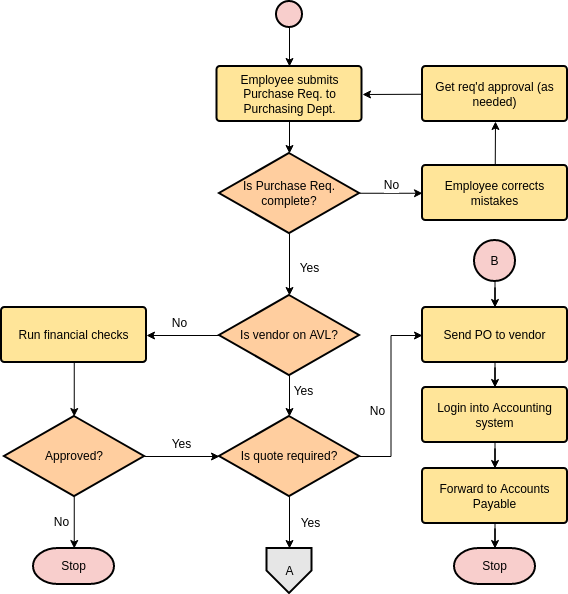
Learning one new thing everyday


A flowchart is a tool that allows you to break any process down into individual activities and shows the logical
Continue reading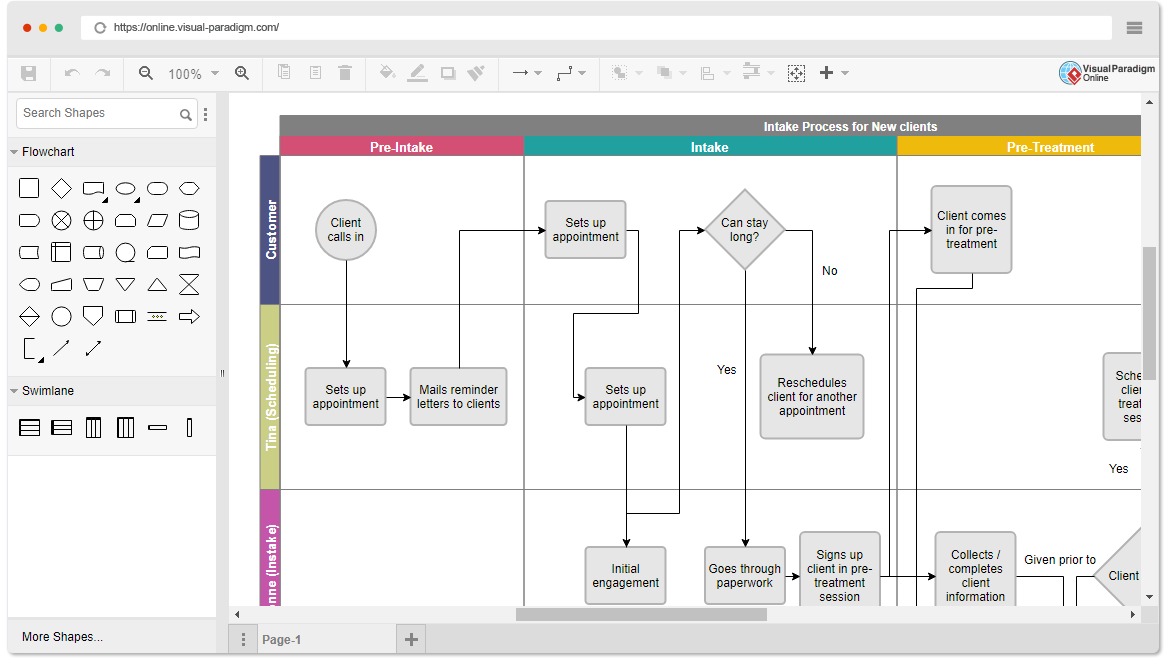
Cross-functional Flowcharts (or known as swimlane diagram, Swimlane flowchart, cross-functional process diagram) bring clarity to processes by defining who does what. Each swim lane is representative of a person, team, or stakeholder, making it evident who is responsible for which stage in the process to help avoid confusion.
Continue reading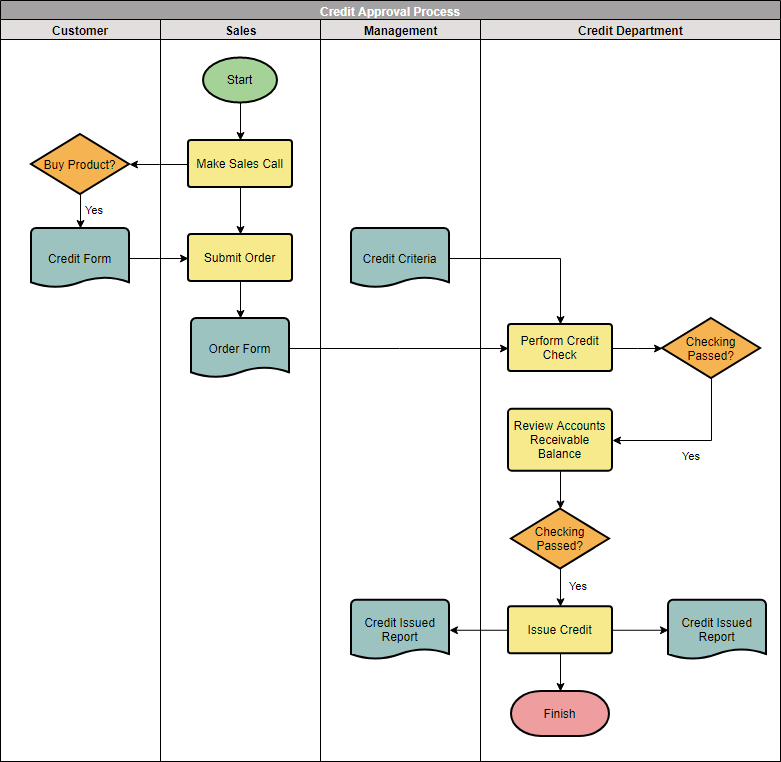
While the basic flowchart clearly illustrates the entire process, it does not clearly show which role is responsible for each step of the process. In order to effectively represent who is responsible for each process, it can be realized by swimlane flowchart, which not only reflects the whole activity control flow, but also clearly knows the responsibility that each role takes in the process.
Continue reading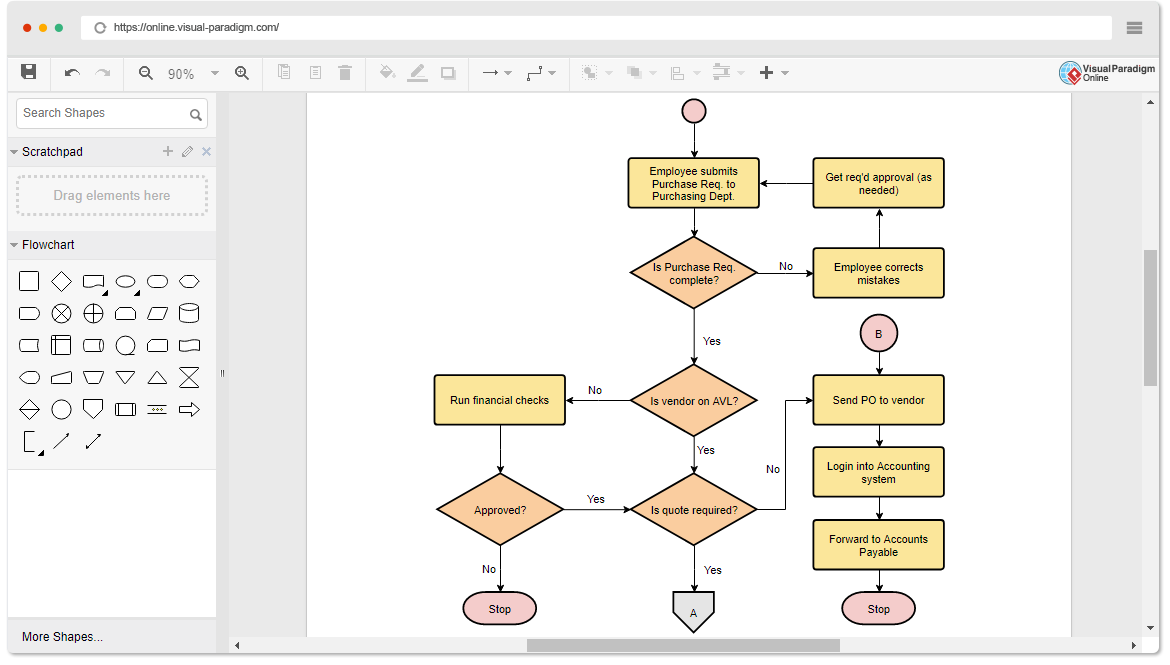
A flowchart is a graphical representation of the operations involved in a data processing system. operations in the system. Often, the best way to understand a problem is to draw a diagram. Diagrams usually give us a more complete picture of a situation than a short set of words or phrases. However, the combination of visual symbols )(shapes) and text provides a very powerful tool for communication and problem solving. Algorithms can be developed more quickly when a flowchart is created to represent them. Flowcharts are much easier to understand than algorithms.
Continue reading
UML use case diagrams are the primary form of system/software requirements for new software programs under development. The purpose of a use case diagram is to visualize what the system should do (what); at this stage, it does not consider how (how) to do it.
Continue reading
Model-View-Controller (MVC) is a basic design pattern that separates the user interface logic from the business logic. The Model-View-Controller (MVC) pattern is a way of dividing an application into three distinct components; the model, the view and the controller. This model-view-controller can be best described visually using robustness analysis in stereotyped UML notation, which was first proposed by Ivar Jacobson in his award-winning book Object-Oriented Software Engineering.
Continue reading
A flowchart is a graphical representation of an algorithm, workflow, or process, with different types of boxes representing different types of steps, and arrows connecting every two steps. This representation facilitates the illustration of solutions to known problems. Flowcharts are widely used to analyze, design, document, and operate processes or procedures in many fields.
Continue reading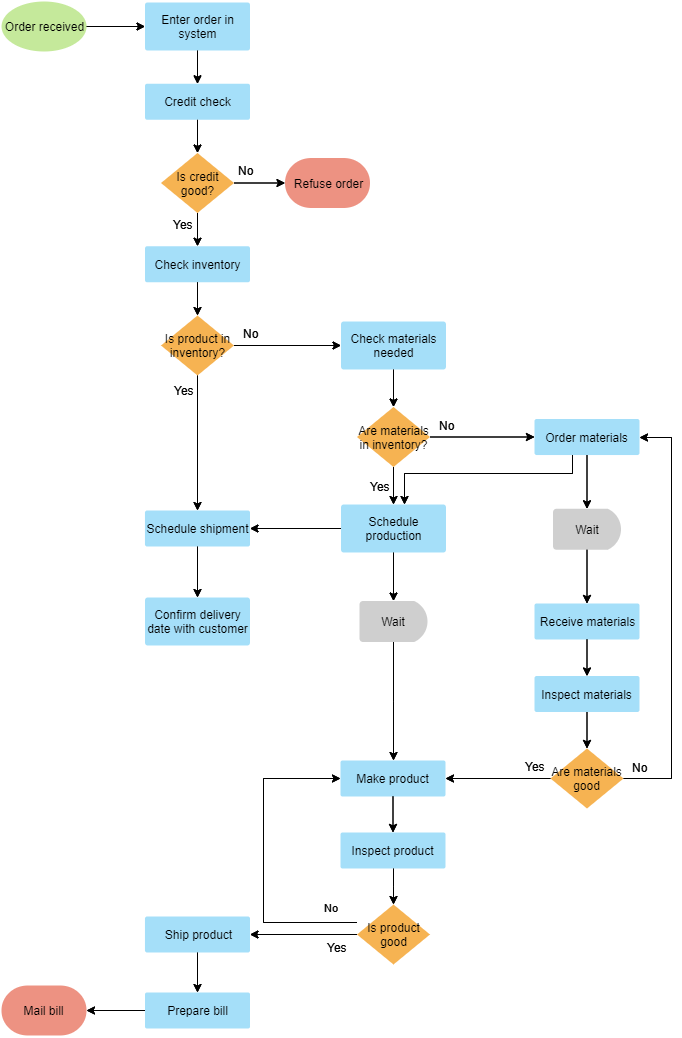
A flowchart is used to show the successive steps in a process. Such diagrams use a series of interrelated symbols to map the entire process, making the process easy to understand and helpful in communicating with others. Flowcharts can be used to explain the workings of a complex and/or abstract process, system, concept or algorithm. Flowcharting can also help to plan and develop processes, or improve existing processes.
Continue reading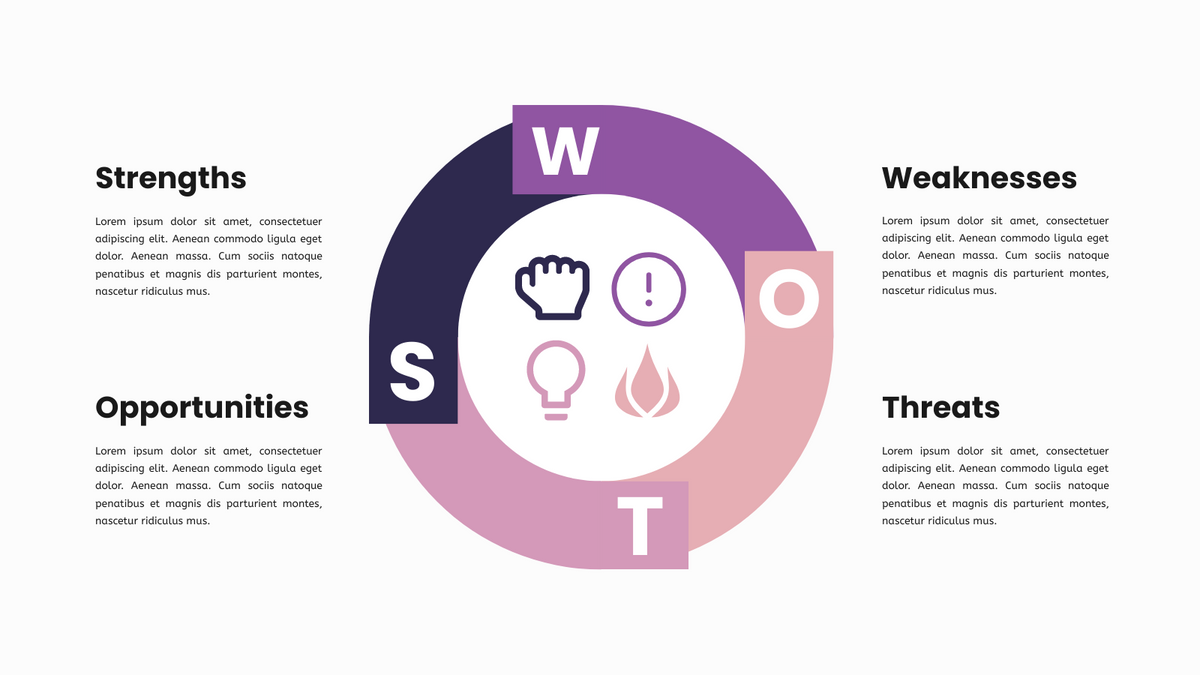
SWOT analysis is the most common market analysis method used in business and academia to evaluate the internal strengths and weaknesses of a company as well as the opportunities and threats of external competitors through brainstorming. SWOT analysis represents Strength, Weakness, Opportunity and Threat. This analysis framework helps companies to assess their competitive position and formulate strategic plans.
Continue reading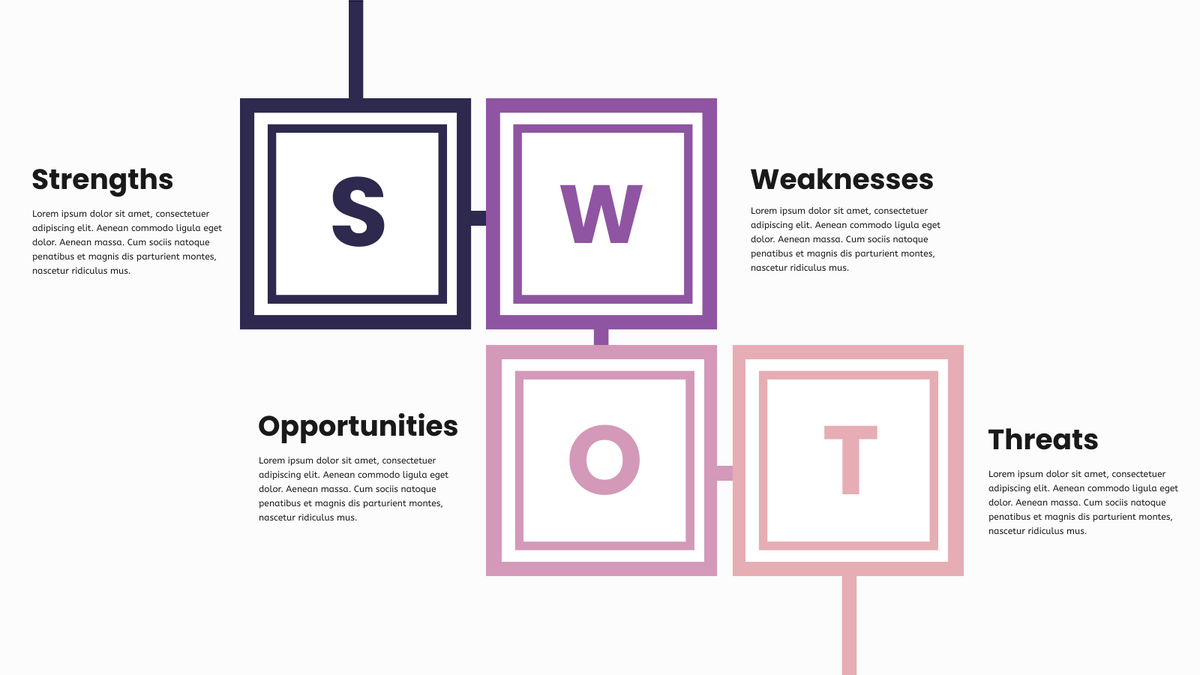
What is the SWOT analysis method? The SWOT anlysis is a situational analysis method based on the analysis of internal
Continue reading